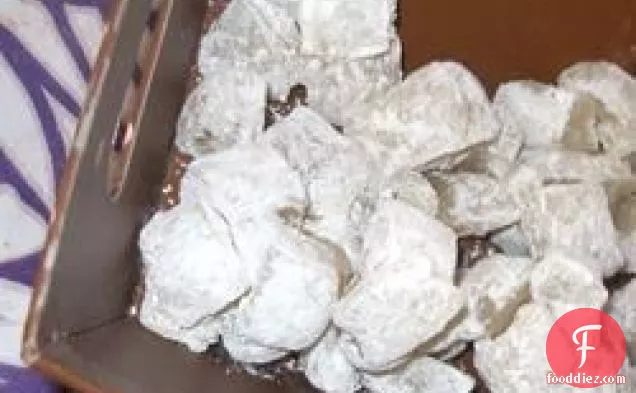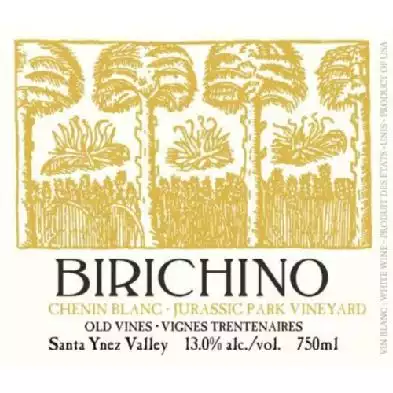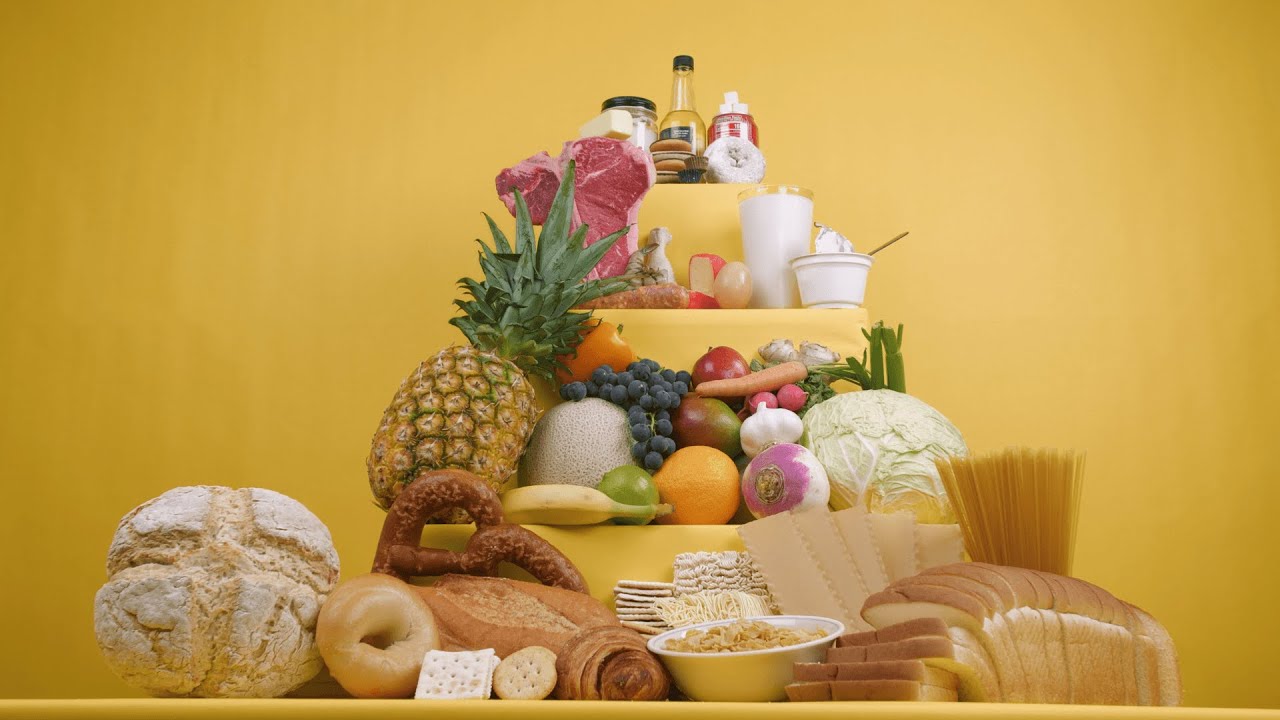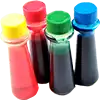Chi Chi Dango Mochi

Chi Chi Dango Mochi requires about 1 hour and 10 minutes from start to finish. For 33 cents per serving, you get a dessert that serves 15. Watching your figure? This gluten free, fodmap friendly, and vegan recipe has 248 calories, 2g of protein, and 6g of fat per serving. It is a very reasonably priced recipe for fans of Japanese food. A mixture of food color, coconut milk, potato starch, and a handful of other ingredients are all it takes to make this recipe so delicious.
Instructions
1
Preheat oven to 350 degrees F (175 degrees C). Grease a 9x13 inch pan.
Equipment you will use![Oven]() Oven
Oven![Frying Pan]() Frying Pan
Frying Pan
2
Whisk together the rice flour, sugar and baking powder; set aside.
Ingredients you will need![Rice Flour]() Rice Flour
Rice Flour![Sugar]() Sugar
Sugar
Equipment you will use![Whisk]() Whisk
Whisk
3
In a medium bowl, mix together the water, vanilla, coconut milk and red food coloring. Blend in the rice flour mixture.
Ingredients you will need![Red Food Color]() Red Food Color
Red Food Color![Coconut Milk]() Coconut Milk
Coconut Milk![Rice Flour]() Rice Flour
Rice Flour![Vanilla]() Vanilla
Vanilla![Water]() Water
Water
Equipment you will use![Bowl]() Bowl
Bowl
5
Cover the pan with foil and bake for 1 hour. Allow to cool completely.
Equipment you will use![Oven]() Oven
Oven![Aluminum Foil]() Aluminum Foil
Aluminum Foil![Frying Pan]() Frying Pan
Frying Pan
Ingredients
Recommended wine: Chenin Blanc, Gewurztraminer, Riesling
Chenin Blanc, Gewurztraminer, and Riesling are great choices for Asian. The best wine for Asian food depends on the cuisine and dish - of course - but these acidic whites pair with a number of traditional meals, spicy or not. One wine you could try is Birichino Jurassic Park Vineyard Old Vines Chenin Blanc. It has 4.4 out of 5 stars and a bottle costs about 26 dollars.

Birichino Jurassic Park Vineyard Old Vines Chenin Blanc
The 2017 sports a perfume of orange blossom honey, apple butter, brimstone, and some peculiar precursor of lilac which activates not merely the olfactory system, but also the limbic system, autonomic nervous system, and other systems located in more distant sectors. Soil and micro-climate humidity during the 2017 growing season remained quite high through the growing season due to the enormous rains from the previous winter, contributing to the development of modest yet meaningful early botrytis. We last encountered these conditions in 2013 and produced a wine similar to that vintage - just off dry in the style known by the French as sec tendre - dry, yet tender. And as with previous vintages, this wine fermented in stainless steel without inoculation, and was aged until the following Spring in 8 stainless and 2 neutral Hungarian oak barrels.DifficultyExpert
Ready In1 h, 10 m.
Servings15
Health Score1
Related recipes
Cherry-Apple Lattice Pie
Garlicky Green Beans
Turkey with Country Ham Stuffing
Striped Tuile Rolls
Magazine

Your Inner Chef with Taylor Swift's Top 3 Recipes from Her Beloved NYC Hangout

20 Mouthwatering Recipes You Need to Try Today!

Master the Art of Making Perfect Pancakes with This Foolproof Recipe

The Science Behind Red Wine: Its Surprising Health Benefits and Potential Risks

12 Wine Cocktails for a Sophisticated Twist

Sip, Swirl, and Celebrate: Toasting to National Wine Day on May 25th

National Drink Wine Day on February 18

Celebrating Souffle Day with Delectable Delights

Indulge in the Delightful Flavor of Oyster Soup on Its Special Day!

Celebrating World Nutella Day

14 Fantastic Cucumber Recipes for Your late Summer

16 Healthy Kale Recipes

23 Spinach Recipes You'll Want to Eat Every Day

8 Watermelon Recipes You'll Crave

10 Ways to Use Leftover Eggplant

All You Need to Know about Traditional Vietnamese Food

Nine Traditional Korean Foods You Should Try

Getting to Know Traditional Spanish Cuisine

How to Cook Cabbage

How to Cook Cucumbers

Your Inner Chef with Taylor Swift's Top 3 Recipes from Her Beloved NYC Hangout

20 Mouthwatering Recipes You Need to Try Today!

These Super Recipes for Your Football Party!

Celebrate National Pizza Day on February 9th with Mouthwatering Slices and Fun Facts

Vegetarian soup recipes are not just for vegetarians anymore

A Collection of 15 Noodle Soup Recipes to Warm Your Soul

Understanding the Science Behind the Keto Diet

Food Pyramids from Different Cultures

Secrets of the Food Pyramid: A Journey Through its Intriguing History












